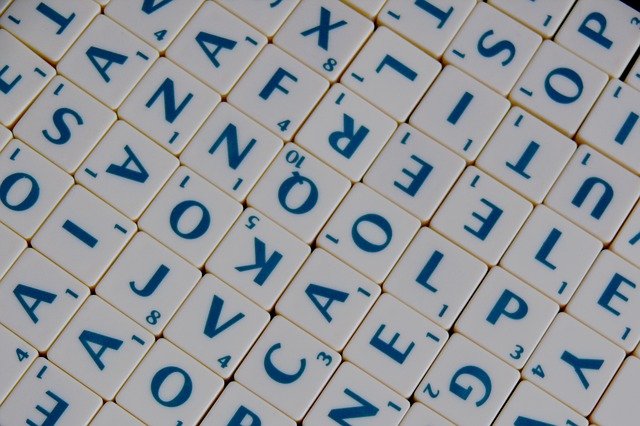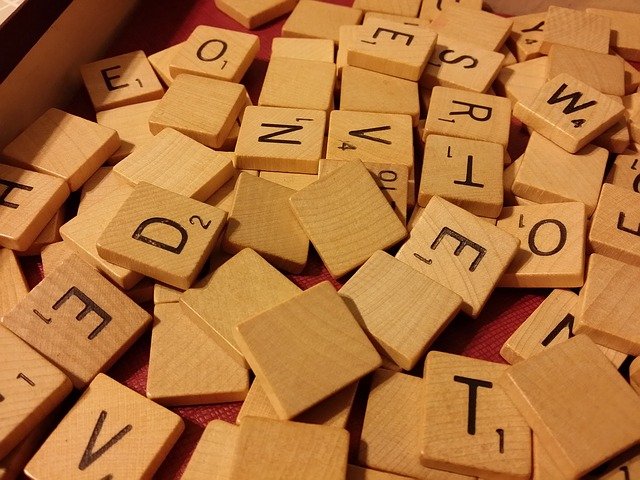Retahíla: what it is, most important features, types of choruses and more
Contents
What is a retahíla?
A retahíla is a literary construction that has a succession of elements that are in a certain order. In this sense, a retahíla is composed of a series of aspects, elements or non-material events, although this term is also used to refer to word games and even songs.

The retahíla is part of the types of oral literature and is characterized mainly by being a type of expression in which there is a repetition of sounds or terms, many of them include children’s letters, onomatopoeias, among others, which facilitate memorization, which is why they continue to be transmitted from generation to generation through speech.
Most important characteristics
According to the information we have seen, let us go on to review the most important features of this type of expressions of literature, which allow us to identify and distinguish this expression from others that are part of the same category. These are:
Purpose of the retahíla
Let us begin with the purpose of this type of expression. In general, following its construction, the purpose of the retahíla consists mainly of entertainment. It is directed to the infantile public in most cases, generating an amusing expression in which the child, at the same time, can have a greater approach to the initial language.
Presence of repetition
One of the most important characteristics of this type of manifestation of oral literature has to do with the use of repetition. It is possible that in a retahíla we can observe the repetition on several occasions of the same section. This element, in addition, facilitates memorization, often through a rhythm, which generates its strength over time as it is recited from generation to generation.
Use of rhyme
Following the previous element of repetition, one of the most important resources for this is rhyme, since it also facilitates the repetition of sounds in the last stressed syllable.
Harmony
The retahíla has a very distinctive feature and it has to do with the fact that its pronunciation and recitation generates a pleasant sensation. This aspect is closely related to the repetition of parts and with it, the use of rhyme as well.
Appearance in other formats
Another important feature of the retahíla is its appearance in different expressions and manifestations of the literary world. In this sense, within the literary tradition we can find the presence of the retahíla in children’s songs, as well as in popular or traditional songs.

Types of retahílas
According to the intention and even the way in which the retahíla has been reconstructed, it is possible to identify some frequent or common modalities of this type of literary expressions, among them we find the following:
Retahíla for raffles
We can find a type of retahíla whose tonality and counting is specially oriented to the drawing of some participation, for example. In this way the group of children is placed in a certain way, generally in a circle, they sing in chorus and go out or disqualifying participants.
Retahíla to accompany the game
These are a type of chorus that, as its name suggests, serve to accompany the execution of a game or dynamic that is being implemented. One of the most frequent examples is the “Little blind hen” in which through the song the participant prepares to go in search of the others.
Retahíla for a daily action
We can also find a popular type of retahíla because with it it is possible to develop activities that are part of everyday life. Thus, we can find retahíla to ask permission, to heal a wound, for memory, to keep a found object, entertainment, associated with emotions and sensations, among others.
Example of a retahíla
Now we will look at one of the most well-known retahíla, which you probably had the opportunity to find in a school text. This particular retahíla is recited counting the fingers or toes and ends with the thumb, it is called “Éste” (This one):
This one went to get firewood,
this one helped him,
this one found an egg,
this one fried it,
and this chubby one,
ate it.
How to write a rhyming couplet
Finally, we will now look at some basic aspects of how to write a rhyming couplet and what to keep in mind when creating it. These elements are:
Searching for a story
One of the elements to which it is possible to resort is a story. This is because the story, anecdote or situation will allow the construction of a sequence that gives continuity as it is pronounced. Imagine a short story to start with.
Choice of words
It is time to start evaluating the words we are going to use. A good construction technique is to look for similar sounding words to create this sung sound that is attractive and fun, so it gives a rhythm and we can identify a melody. The use of repeated words that are similar to each other is key to the retahíla.
Try the retahíla
Once you think it is ready, try reading it and then you can look for musicality according to the rhyme you have constructed. It is time to make modifications to what you are telling, corrections and arrangements to improve it. Now you can show it.
Remember that it is very important that the rhyme builds a simple sequence, this will be key to be able to memorize it easily. For this you can use repetitions or a particular reference that allows it.
If you want to know other manifestations of oral literature, we invite you to review our section dedicated to this type of literature, as well as other manifestations that are part of this art.
